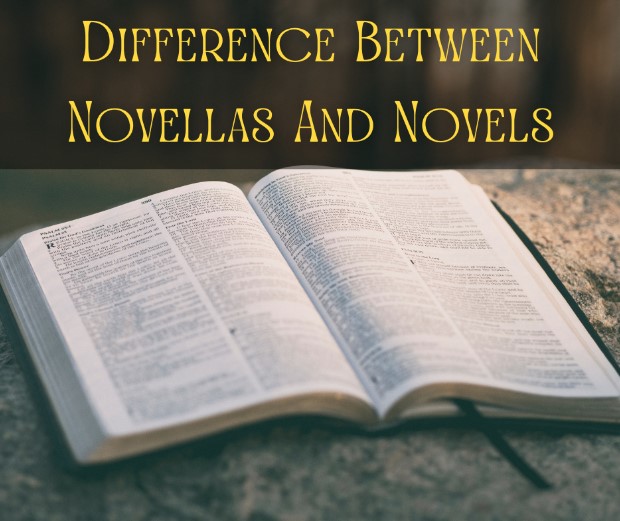In the world of storytelling, endings are often seen as the final punctuation mark, the definitive conclusion to a narrative. But what happens when authors and creators deliberately leave the ending open, inviting readers or viewers to interpret it for themselves? In this article, we will delve into the intriguing world of open-ended endings, exploring their creative possibilities and the unique impact they have on audiences.
The Power of Open-Ended Endings
- Engagement: Open-ended endings demand active engagement from the audience. They invite readers or viewers to become co-creators of the narrative, sparking discussion and debate.
- Memorability: Ambiguous conclusions tend to linger in the minds of audiences. They become conversation starters and fuel curiosity long after the story has concluded.
- Emotional Resonance: Open-ended endings often tap into universal emotions and themes, allowing each audience member to connect with the narrative on a personal level.
Creative Possibilities of Open-Ended Endings
- Character Arcs: Leave the fate or future of a character unresolved, allowing readers to imagine various outcomes. This can add depth to character arcs.
- Plot Mysteries: Keep certain plot mysteries unsolved. It’s an invitation for readers to play detective and theorize about what really happened.
- Moral Dilemmas: Conclude with a moral dilemma, leaving readers to ponder the ethical implications of the characters’ actions.
- Ambiguous Realities: Blur the lines between reality and illusion, making it unclear whether the events in the story were real or imagined.
Examples of Open-Ended Endings
- Inception (film): Christopher Nolan’s “Inception” concludes with a spinning top, leaving viewers to question whether the protagonist is in a dream or reality.
- The Giver (Novel): Lois Lowry’s “The Giver” concludes with an ambiguous scene, prompting readers to debate whether the protagonist’s journey is one of salvation or despair.
- The Sopranos (TV Series): The final scene of “The Sopranos” ends abruptly, leaving the fate of the characters uncertain and sparking countless fan theories.
Guidelines for Effective Open-Ended Endings
- Clues and foreshadowing: Drop subtle hints throughout the narrative that can support multiple interpretations of the ending.
- Character Growth: Ensure that the characters’ arcs and growth remain intact, even if their ultimate fate is uncertain.
- Emotional Closure: Provide emotional closure even if the plot remains open. Readers or viewers should feel satisfied on an emotional level.
The Role of the Audience
- Interpretation: Encourage readers or viewers to share their interpretations. This can be done through discussion forums, social media, or book clubs.
- Respect: Recognize that open-ended endings can be polarizing. Respect diverse interpretations and opinions.
Conclusion: Where Imagination Thrives
Open-ended endings are a canvas where imagination thrives. They challenge the notion that a story must neatly tie up every loose end. Instead, they invite readers or viewers to become active participants in the narrative, fostering a deeper connection to the story’s themes and characters. In the realm of storytelling, open-ended endings are the doorway to infinite possibilities, a testament to the enduring power of ambiguity and interpretation in the world of art and literature.



